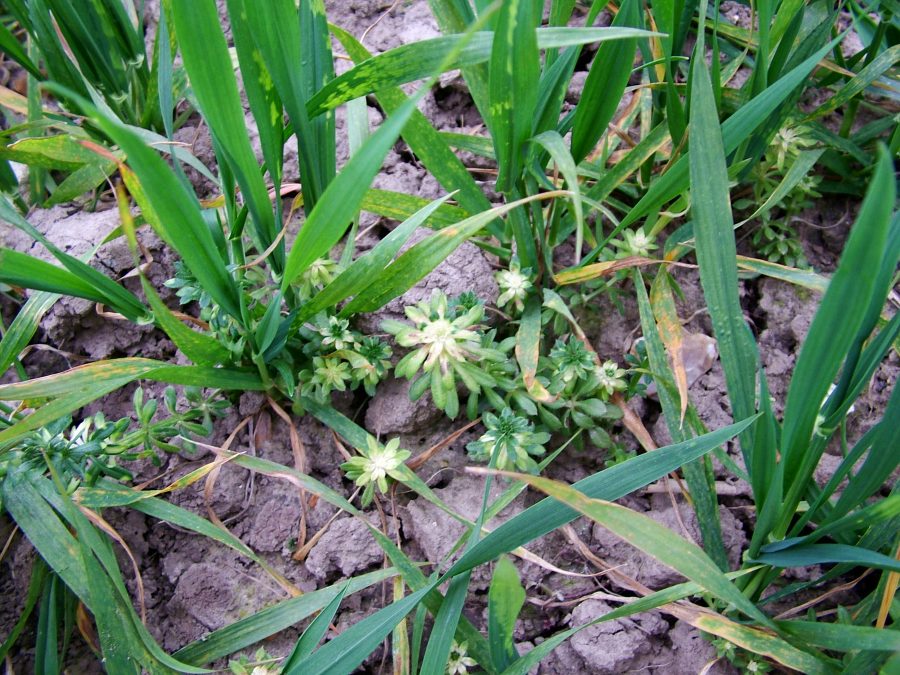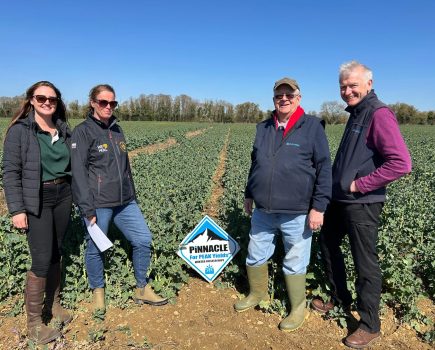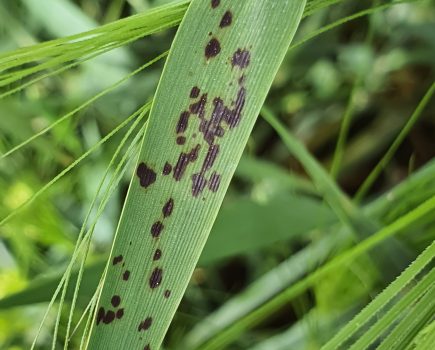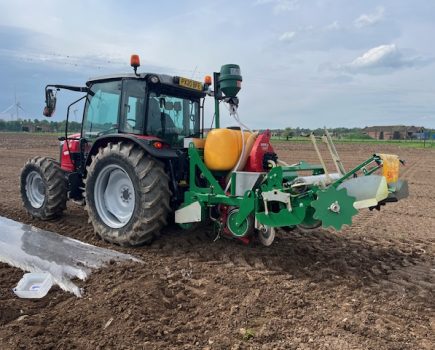Great care is needed when planning spring herbicide applications to crops that experienced prolonged periods of waterlogging and anaerobic conditions, explains Hutchinsons agronomist James Boswell.
The prolonged wet winter is likely to have compromised root development and increased crop stress, which needs to be addressed before applying post-emergence chemistry.
Even if autumn weed control was compromised and you’re keen to apply a spring herbicide once conditions allow, don’t do anything if crops are showing stress or yellowing; it’ll just make a bad situation worse.
In such situations, it may be better to delay herbicide application, especially of stronger contact grassweed chemistry, and wait until early nutrition has stimulated growth and improved the resilience of crops to any potential herbicide effects.
Accurate spray timing is paramount this spring and key to not doing any more damage than has already been done by the weather.
Targeted approach
With hugely variable crops across the UK, and even within some fields, decisions must be made on a field-by-field basis. Assess crop condition and weed pressure first, then consider the most suitable strategy.
Ideally, spring weed control will include contact herbicides to treat weeds already present, plus residual chemistry to catch later emerging weeds and avoid the need to return with more expensive contact chemistry later. But that strategy may need modifying this season.
If, for example, conditions have not allowed travel until March to apply residual chemistry, there could be more sizeable weeds by then, so the focus may be better spent on contact chemistry rather than residuals. Crops drilled last autumn that did not receive any pre-em may also face greater immediate weed pressure, requiring stronger contact chemistry, especially where blackgrass emerged late.
Iodosulfuron-methyl-sodium + mesosulfuron-methyl mixes are good for a plethora of grass and broadleaf weeds, but should ideally be accompanied by a residual partner to control later emerging weeds.
Remember, too, that for blackgrass and ryegrass in particular, much depends on the weed’s growth stage. Be realistic about the control you expect to achieve from post-ems, especially given the levels of ALS resistance generally. There’s no silver bullet.
Even where crops received a pre-em last autumn, heavy rainfall has reduced the persistence of residual chemistry, so a spring top-up may be required to control any flush of problematic grass weeds like blackgrass, ryegrass and brome.
The main residual options for blackgrass control are flufenacet-based chemistry, with diflufenican, picolinafen or pendimethalin. But with evidence showing wider resistance to flufenacet in ryegrass species, care is required as to its use, and testing is paramount to understand the issues faced.
Research into three-way mixes of chlorotoluron, diflufenican and pendimethalin at the peri-emergence stage shows promising results, with improved control of ryegrass and bromes in particular. If you can get on at that stage, then use contact chemistry later, you can probably get decent control, although it’s all down to timing and the weather.
Glyphosate caution
With little or no opportunity for stale seedbeds ahead of planned or unplanned spring cropping, pre-drilling glyphosate on stubbles is key to avoiding an excessive weed burden in spring crops.
Anyone using glyphosate first needs to check their water quality and pH, as hard water, or water with a high mineral content, contains more cations that can ‘lock-up’ glyphosate and dramatically reduce its effectiveness in the field. This may be a particular risk for those extracting water from a borehole in a hard water area and not using a water conditioner.







